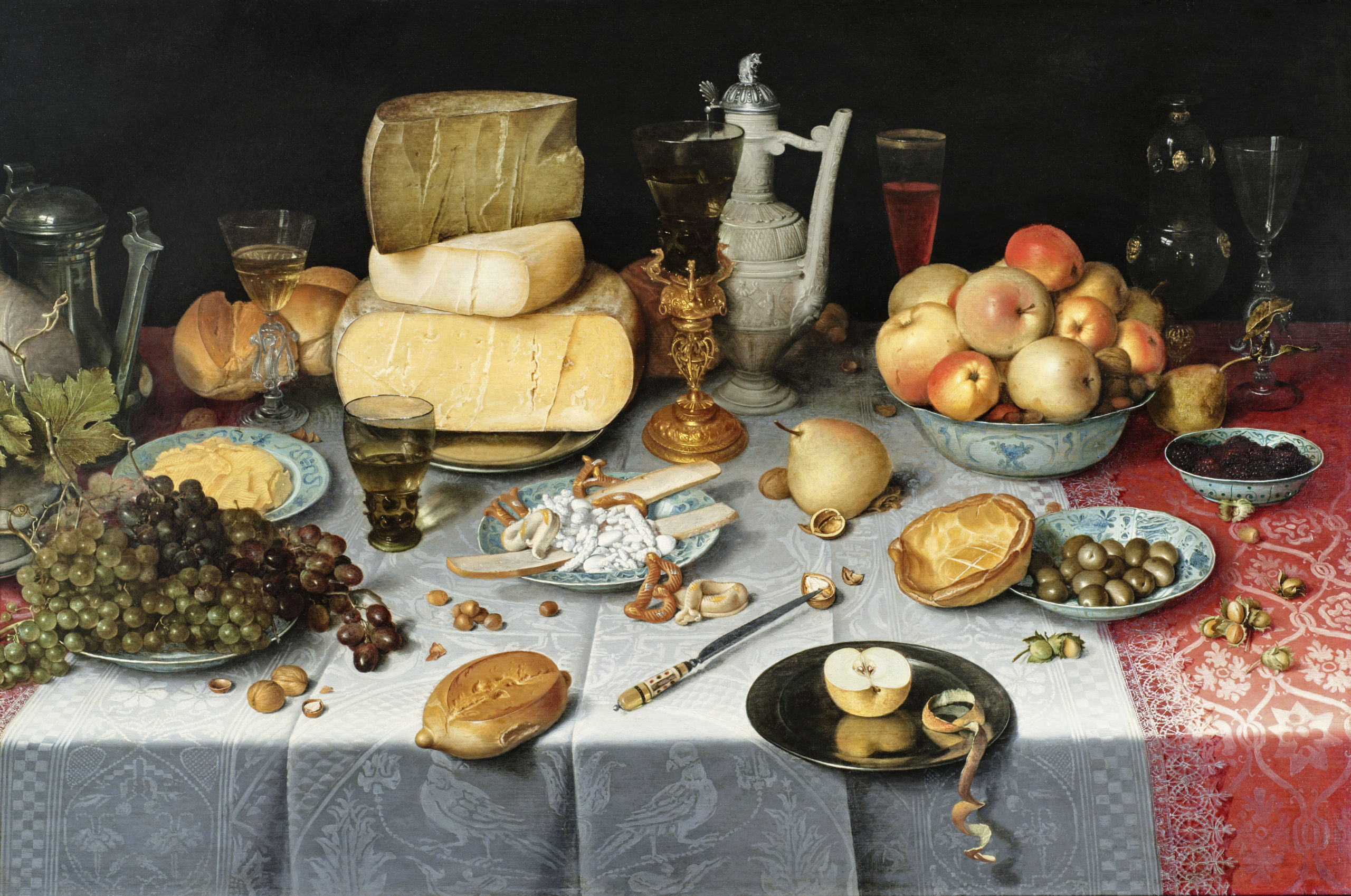
Floris van Dijck
Biography
ContextThe Dutchman Floris Van Dijck was one of the first 17th century still life artists and one of the most prestigious painters in this category from the Northern School. He is also known by the name of Floris claesz Van Dijck.
In 1610, he was in the guild of Harlem. He then left for Italy and returned in 1637.
During his stay in Rome, Van Dijck stayed at the studio of the Cavaliere d’Arpino.
Floris Van Dijck’s work prior to 1610 is unknown but then seven out of twelve paintings by the artist are dated. What he learnt and retained from the first Roman still lifes is clear: the vision of big forms and large structures, the sense of space and light and the rendering of volumes for each element.
He transposed this iconographic concept to his country’s symbolic Protestant motifs, thus becoming the first ambassador of Caravagism in the North. The pictorial universe of Van Dijck is filled with accessories of the Patrician culture. His favourite subjects - the Last Supper, mythological feasts and banqueting scenes — were a pretext for the painter to portray them in his own style.
In his long career, he mostly painted sublime portrayals of fruit, cheese and bread. The sobriety of his palette emphasises and complements the vigour of his compositions.


